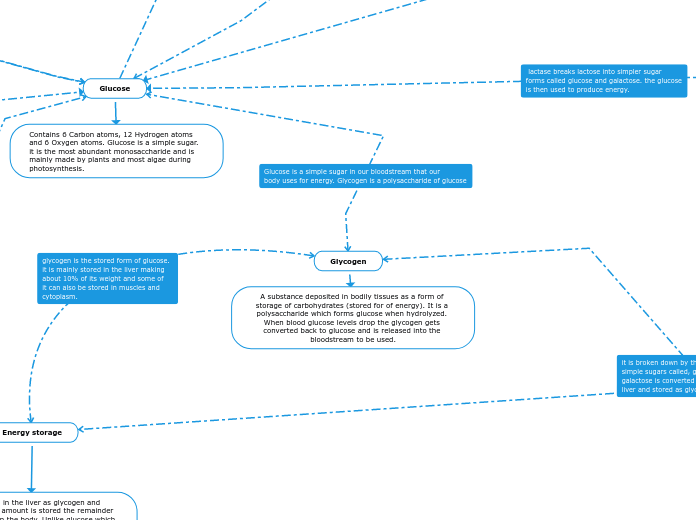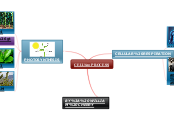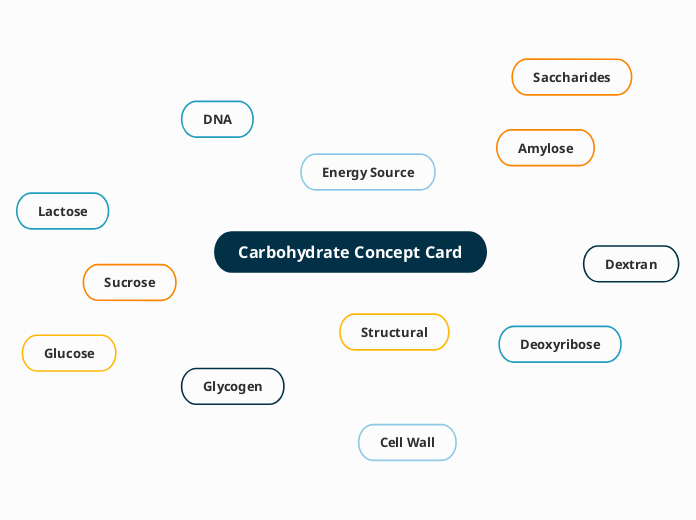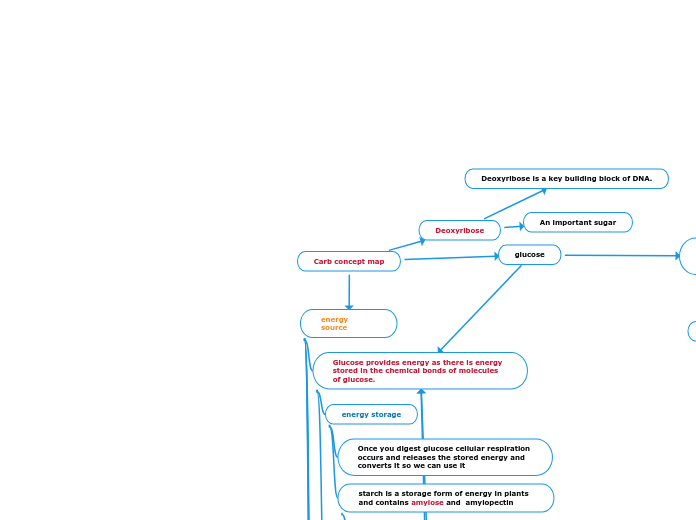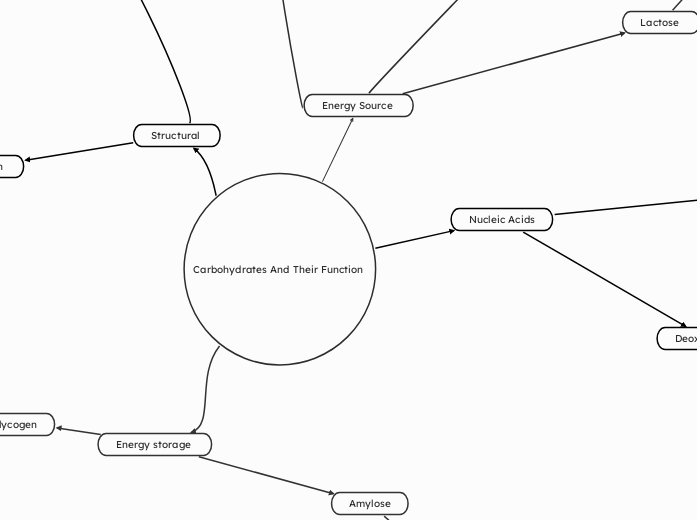par LR - 12NK 902097 Mayfield SS Il y a 3 années
194
Assignment-Carbohydrates: Concept mapping carbohydrates
Glycogen serves as a carbohydrate storage in bodily tissues, breaking down into glucose when blood sugar levels drop. Dextran, a branched polysaccharide, forms part of the structural composition in bacteria and yeast.
